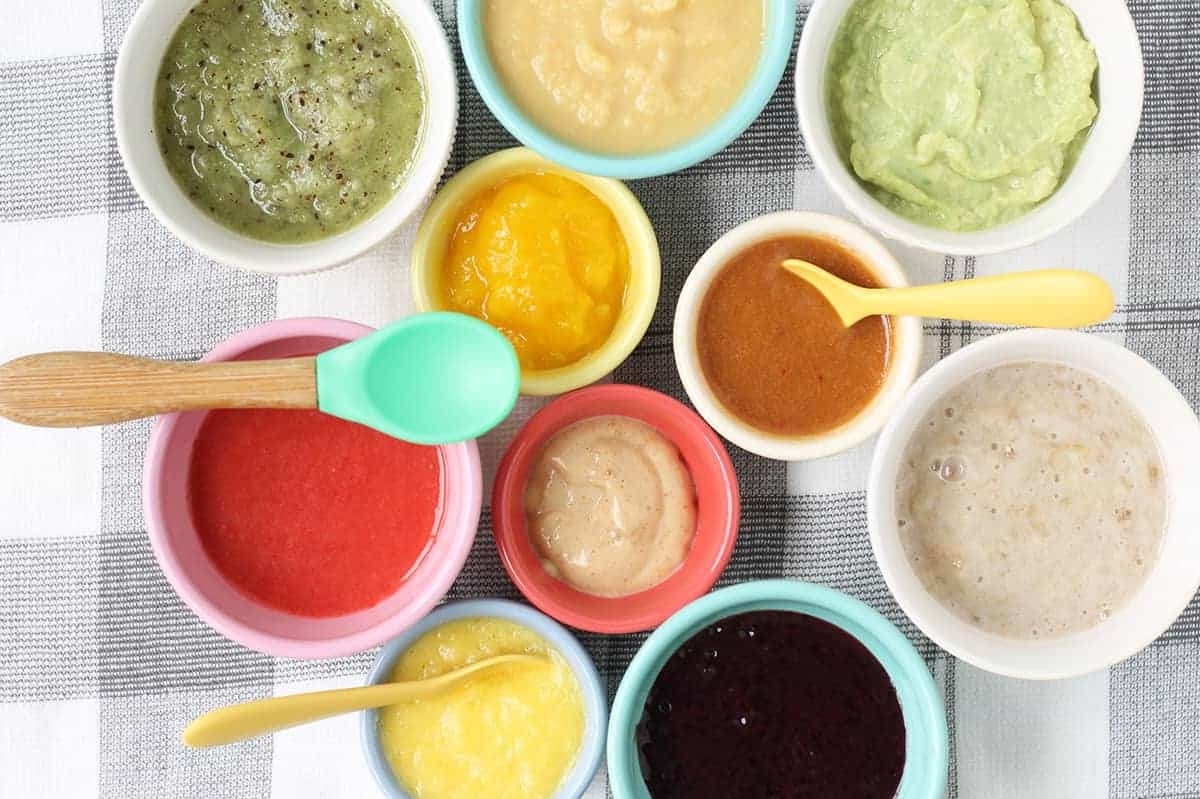
What exactly is a puree? A puree is a smooth, creamy substance made by blending or mashing fruits, vegetables, or other foods. This versatile culinary creation can transform a simple dish into something extraordinary. Whether you're whipping up a silky soup, a luscious sauce, or a delightful dessert, purees add texture and flavor.
Purees are not just for fancy restaurants; they're also a staple in baby food, offering a nutritious start for little ones. They can be made from almost any ingredient, from carrots to apples, and even meats. For those with dietary restrictions or swallowing difficulties, purees provide a tasty, manageable option.
Creating a puree is simple—just cook the ingredient until soft, then blend until smooth. ! Whether you're a seasoned chef or a kitchen newbie, purees offer endless possibilities for creativity and nutrition.
What is a Puree?
Purees are smooth, creamy mixtures made by blending or mashing fruits, vegetables, or other foods. They are versatile, used in various dishes from soups to desserts. Let's explore some intriguing facts about purees.
-
Origin of Puree: The term "puree" comes from the French word "purée," meaning "purified" or "refined." It reflects the process of transforming solid foods into a smooth, uniform consistency.
-
Cooking Technique: Pureeing involves cooking ingredients until soft, then mashing or blending them. This technique helps retain flavors and nutrients, making it a popular choice in culinary arts.
-
Baby Food Staple: Purees are often the first solid foods introduced to infants. They provide essential nutrients in an easily digestible form, helping babies transition from milk to solid foods.
Types of Purees
Purees can be made from a variety of ingredients, each offering unique flavors and nutritional benefits. Here are some common types:
-
Fruit Purees: Made from fruits like apples, bananas, or berries, these purees are often used in desserts, smoothies, or as toppings for pancakes and waffles.
-
Vegetable Purees: Vegetables such as carrots, peas, or sweet potatoes are commonly pureed for soups, sauces, or as side dishes.
-
Legume Purees: Chickpeas, lentils, or beans can be pureed to create dips like hummus or spreads for sandwiches.
Nutritional Benefits of Purees
Purees are not only delicious but also packed with nutrients. They offer several health benefits:
-
Rich in Vitamins: Purees retain most of the vitamins from their original ingredients, providing a concentrated source of nutrients.
-
High in Fiber: Many purees, especially those made from fruits and vegetables, are high in fiber, aiding digestion and promoting a healthy gut.
-
Low in Calories: Purees can be a low-calorie option, making them suitable for weight management or low-calorie diets.
Culinary Uses of Purees
Purees are incredibly versatile in the kitchen. They can enhance the flavor, texture, and presentation of dishes:
-
Soup Base: Purees are often used as a base for creamy soups, adding depth and richness without the need for cream.
-
Sauces and Gravies: They can thicken sauces and gravies, providing a smooth texture and enhancing flavors.
-
Dessert Ingredient: Fruit purees are popular in desserts, adding natural sweetness and moisture to cakes, muffins, or ice creams.
Purees in Different Cuisines
Different cultures incorporate purees into their traditional dishes, showcasing their versatility and adaptability:
-
Indian Cuisine: Purees are used in dishes like dal or curry, where lentils or vegetables are blended to create a thick, flavorful base.
-
Italian Cuisine: Tomato puree is a staple in Italian cooking, forming the base for sauces like marinara or pizza sauce.
-
Mexican Cuisine: Pureed beans are a common ingredient in Mexican dishes, used in burritos, tacos, or as a side dish.
Making Purees at Home
Creating purees at home is simple and allows for customization based on personal preferences:
-
Choose Fresh Ingredients: Start with fresh, ripe fruits or vegetables for the best flavor and nutritional value.
-
Cook Until Soft: Boil, steam, or roast ingredients until they are soft enough to blend smoothly.
-
Blend Thoroughly: Use a blender or food processor to achieve a smooth, lump-free consistency.
Storage and Preservation
Proper storage ensures purees remain fresh and safe to consume:
-
Refrigeration: Store purees in airtight containers in the refrigerator for up to three days.
-
Freezing: For longer storage, freeze purees in ice cube trays, then transfer to freezer bags for up to three months.
-
Canning: Some purees can be canned for extended shelf life, following proper canning procedures to prevent spoilage.
Purees: A World of Flavor and Nutrition
Purees are more than just baby food. They offer a versatile and nutritious option for all ages. From smoothies to soups, purees can be a delicious way to pack in vitamins and minerals. They're perfect for those looking to add more fruits and vegetables to their diet without much fuss. Plus, purees can be a lifesaver for anyone with chewing or swallowing difficulties, providing a tasty alternative to solid foods.
Making purees at home is simple and allows for endless creativity. You can mix and match ingredients to suit your taste or dietary needs. Whether you're aiming for a creamy dessert or a savory sauce, purees have got you covered. So next time you're in the kitchen, consider whipping up a puree. It's a small step towards a healthier, more flavorful life.
Was this page helpful?
Our commitment to delivering trustworthy and engaging content is at the heart of what we do. Each fact on our site is contributed by real users like you, bringing a wealth of diverse insights and information. To ensure the highest standards of accuracy and reliability, our dedicated editors meticulously review each submission. This process guarantees that the facts we share are not only fascinating but also credible. Trust in our commitment to quality and authenticity as you explore and learn with us.


